Throughout history, art has served as a powerful medium for communication, transcending mere aesthetic appeal to become a strategic tool for propaganda. In the context of ancient Rome, emperors adeptly employed art to shape public perception and reinforce their authority. This use of visual communication was not merely for decorative purposes; it was a calculated effort to project power, legitimacy, and divine status across the vast Roman Empire.
The Romans, with their sophisticated world-view, harnessed the potential of art to convey messages of peace, governance, and law. By depicting emperors as both benevolent leaders and formidable warriors, art played a crucial role in maintaining public order and justifying conquests. As we explore specific examples, such as the statues of Augustus and Trajan’s Column, the intricate relationship between art and imperial propaganda will be further illuminated.
The Role of Art in Roman Society
In the tapestry of Roman culture, art held a pivotal role as a conduit for both expression and influence. It was not merely ornamental but a strategic tool employed to communicate the might and ideology of the empire’s rulers. The Romans’ sophisticated world-view was artistically immortalized through sculptures, reliefs, and monumental architecture that adorned public spaces. These artworks served as daily reminders of Roman values, reinforcing the emperor’s image as a stable and divine leader.
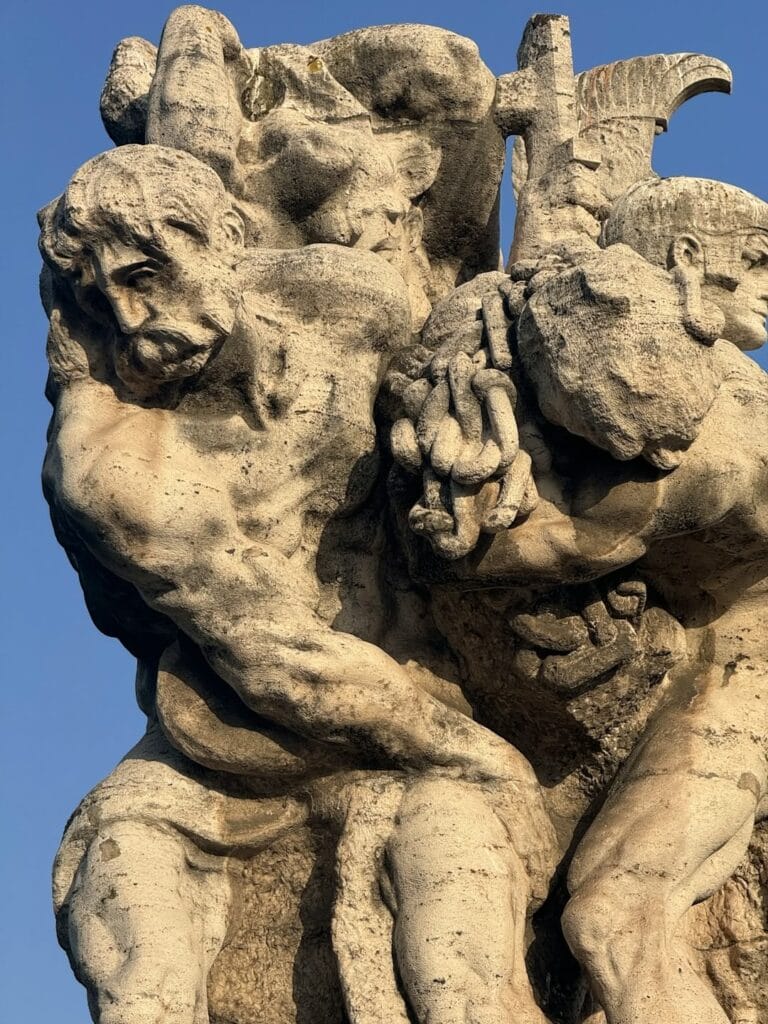
Art permeated Roman public life, accessible to all who traversed the empire’s bustling forums and grand amphitheaters. Statues of emperors, like those of Augustus, were strategically placed to promote a narrative of prosperity and security. The widespread presence of these artworks ensured that the public was continually exposed to the emperor’s beneficence and strength. This accessibility made art a powerful medium of propaganda, subtly shaping public perception and behavior through visual storytelling. In this way, art in Roman society was not just an aesthetic pursuit but a vital instrument for maintaining imperial authority and unity.
Emperors and Their Artistic Commissions
Augustus: The Pioneer of Propaganda
Roman emperors, notably Augustus, strategically commissioned art to solidify their rule and propagate their divine status. Augustus utilized sculptures like the Augustus of Primaporta to bolster his legitimacy by linking himself to heroic and divine figures. This approach set a precedent for the artistic commissions that followed, embedding the notion of imperial divinity in the public consciousness.
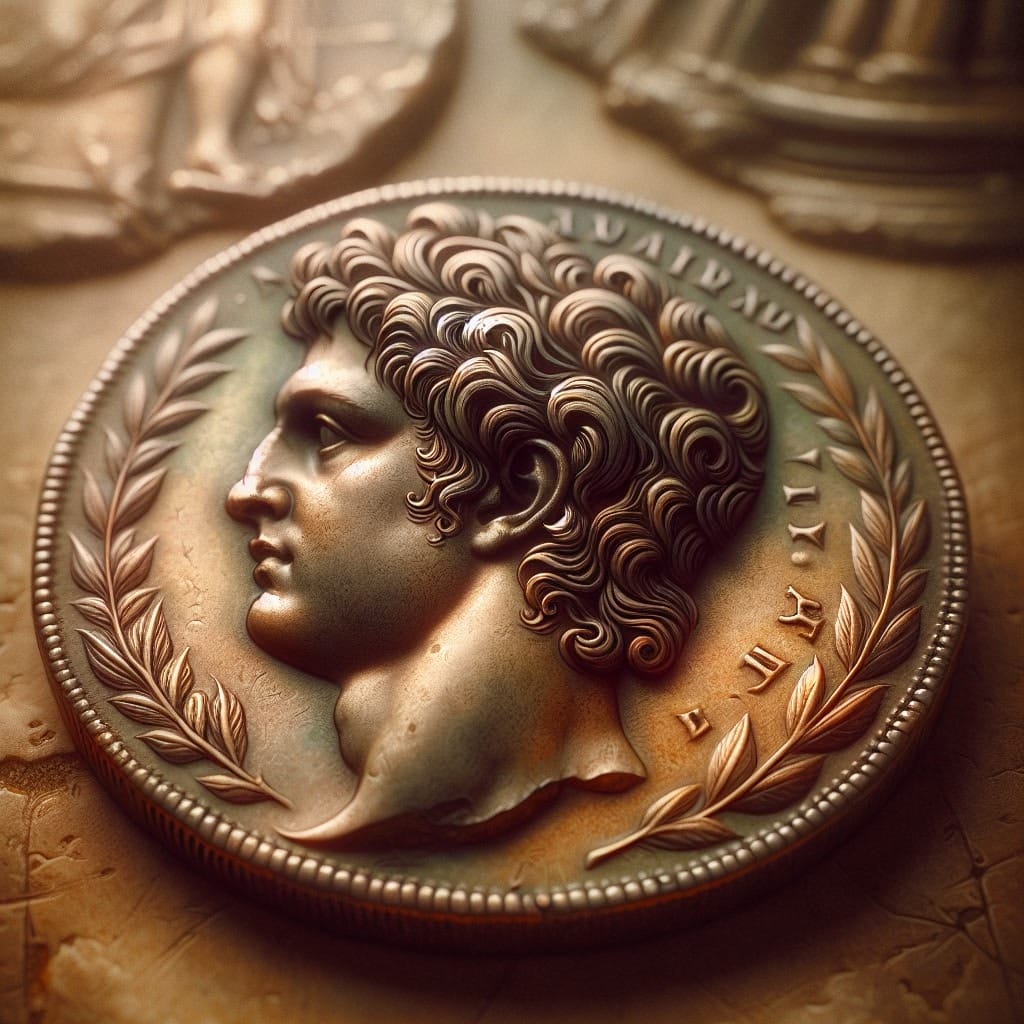
Art as a Tool of Authority
- Promotion of Legitimacy: Artworks were crafted to convey the emperor’s divine ancestry and stable rule.
- Moral and Civic Ideals: Through art, emperors promoted societal values, as seen in the Ara Pacis Augustae.
- Control of Image: Emperors ensured idealized portrayals to emphasize youth and vitality.
These artistic endeavors were not merely aesthetic but served as a potent means of reinforcing imperial authority. By embedding their images in public spaces, emperors maintained a ubiquitous presence, reminding citizens of their power and divine favor. This tradition of utilizing art as propaganda was a cornerstone of Roman rule, influencing the strategies of subsequent European monarchs.
Case Study: Augustus and His Statues
Augustus, the first Roman emperor, adeptly used art to project his authority and divine status. His statues, like the renowned Augustus of Prima Porta, are emblematic of his strategic use of imagery to shape public perception.
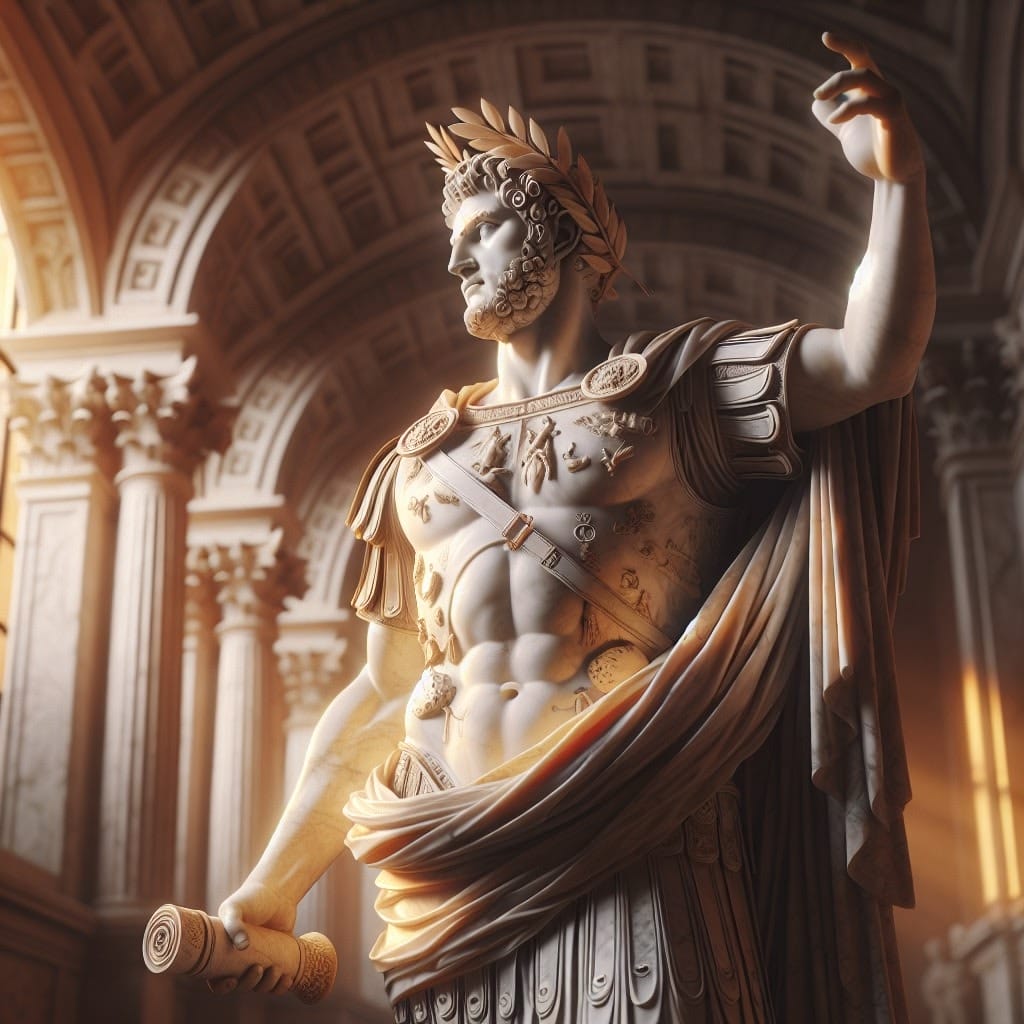
“Augustus mastered the art of visual communication, blending divine imagery with political prowess,” notes historian Mary Beard.
The Augustus of Prima Porta is a quintessential example of this strategy. The statue depicts Augustus in a commanding military stance, his raised arm suggesting leadership and oratory skill. This portrayal aligns with his role as protector and commander of Rome. The inclusion of Cupid riding a dolphin at his feet reinforces his divine lineage, linking him to Venus and emphasizing his god-sanctioned rule.
Beyond its symbolic elements, the statue is also a technical masterpiece. Combining classical Greek artistry with Roman realism, it presents Augustus as both a relatable leader and a god-like figure. Such artistic techniques served to solidify his image not just in his time but also in the annals of history, where he remains a model of imperial propaganda.
Trajan’s Column: A Monumental Propaganda
Trajan’s Column, erected in 113 AD, stands in Rome as a towering testament to the military and political prowess of Emperor Trajan. The column, rising 30 meters, serves a dual purpose: commemorating Trajan’s victories in the Dacian Wars and functioning as a tool of political propaganda. Through its rich visual narrative, it portrays over 2,500 figures in a spiraling frieze that intricately details key moments from these campaigns.
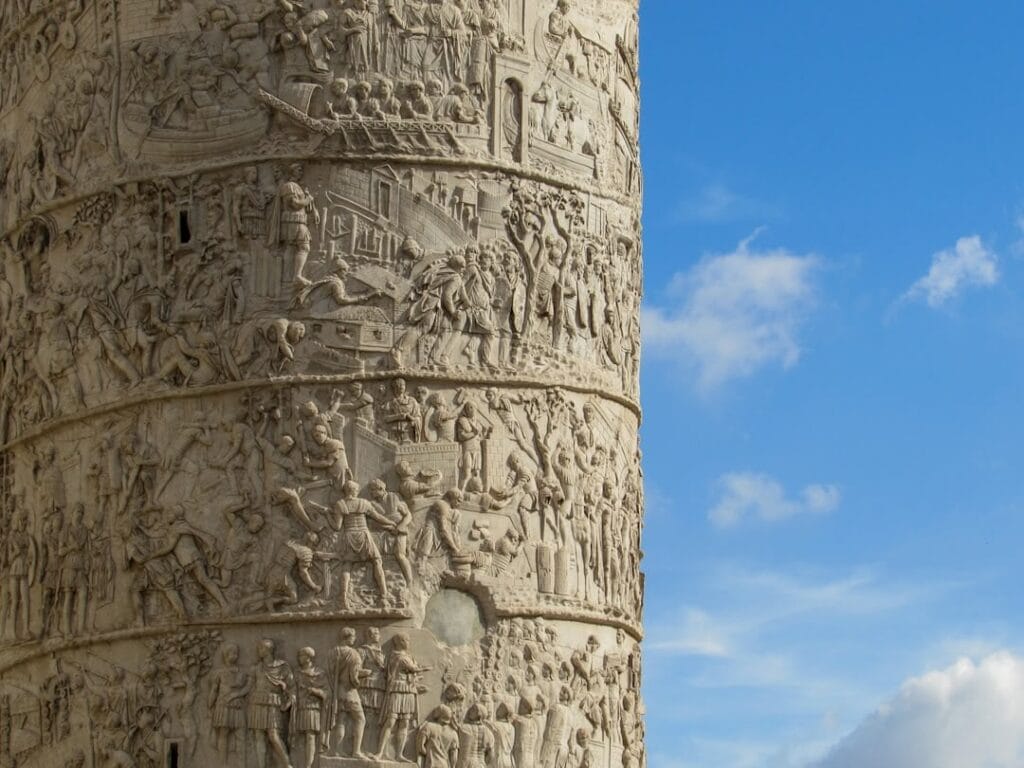
This visual narrative is not merely decorative but a strategic medium for highlighting Trajan’s leadership and the might of the Roman military. The frieze illustrates:
- Preparation for battle
- Troop movements
- Engagements with the Dacians
These scenes underscore the organization and discipline that defined Roman warfare.
| Scene | Description |
|---|---|
| Battle Preparations | Depicts Roman soldiers readying for combat |
| Military Engagements | Showcases strategic maneuvers and conflicts |
| Triumphant March | Highlights Roman victory and dominance |
Beyond its historical and cultural significance, Trajan’s Column is an architectural marvel, symbolizing the emperor’s enduring legacy and the Roman Empire’s grandeur. It not only celebrates past glories but also reinforces the ideals of bravery, honor, and duty that were central to Roman identity.
Architecture as Propaganda: The Case of the Colosseum
The Colosseum stands as a monumental embodiment of Roman power and imperial influence. Constructed under the Flavian dynasty, this architectural marvel served not only as an entertainment venue but also as a potent symbol of imperial dominance and control. Its grand scale and engineering prowess were meticulously designed to project the strength and stability of the empire.
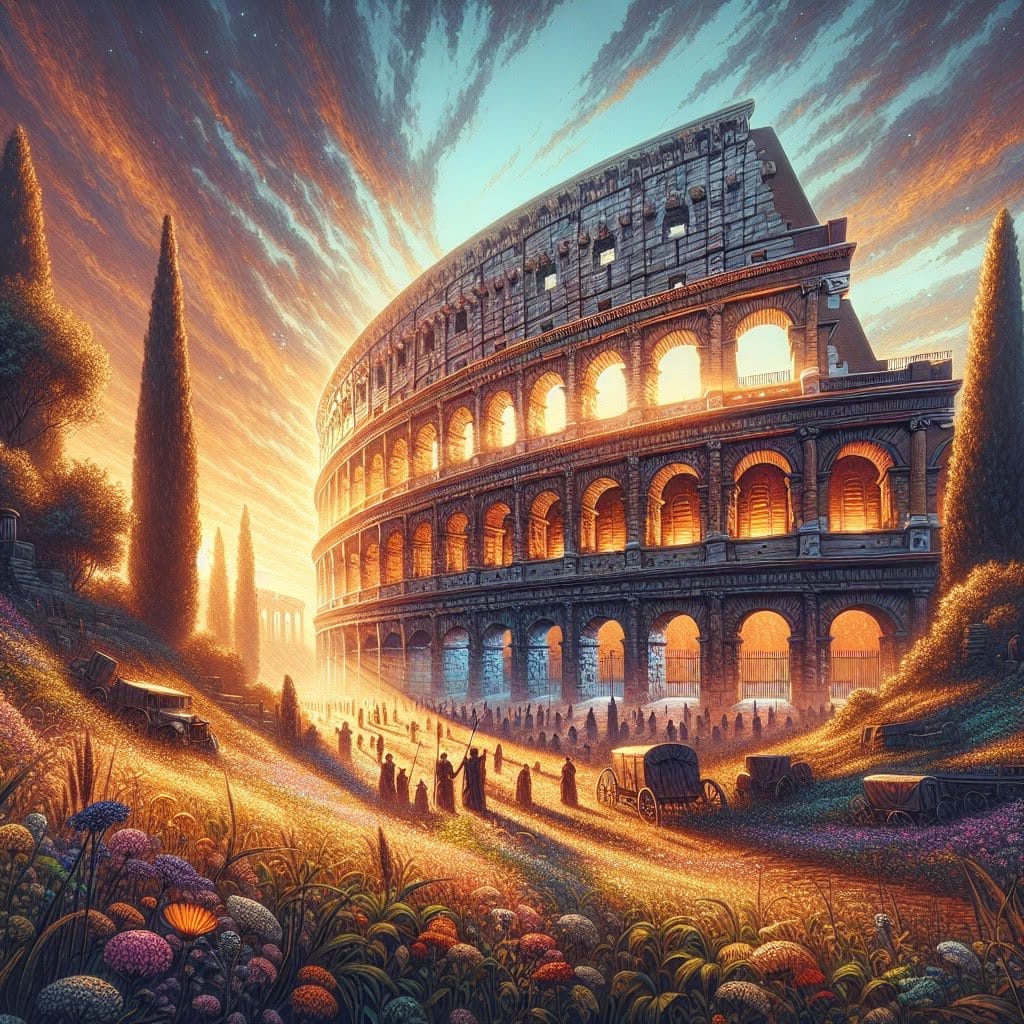
“The Colosseum’s sheer scale and grandeur were deliberate statements of the emperor’s absolute authority.”
Beyond its entertainment value, the Colosseum’s political significance lay in its role as a tool for social cohesion and control. By hosting gladiatorial games and public spectacles, emperors could divert public attention from political issues, while simultaneously reinforcing their generosity and the might of Rome. Thousands of citizens gathered in its vast amphitheater, experiencing the power of the state firsthand.
In essence, the Colosseum was more than an architectural feat; it was a strategic instrument of propaganda, designed to awe the populace while solidifying the emperor’s image as a benevolent yet powerful ruler. Its legacy endures as a testament to the sophisticated use of architecture in shaping public perception and reinforcing imperial authority.
Influence on Later Rulers
The enduring legacy of Roman art is evident in its profound impact on European monarchs, who embraced similar artistic strategies to convey power and authority.
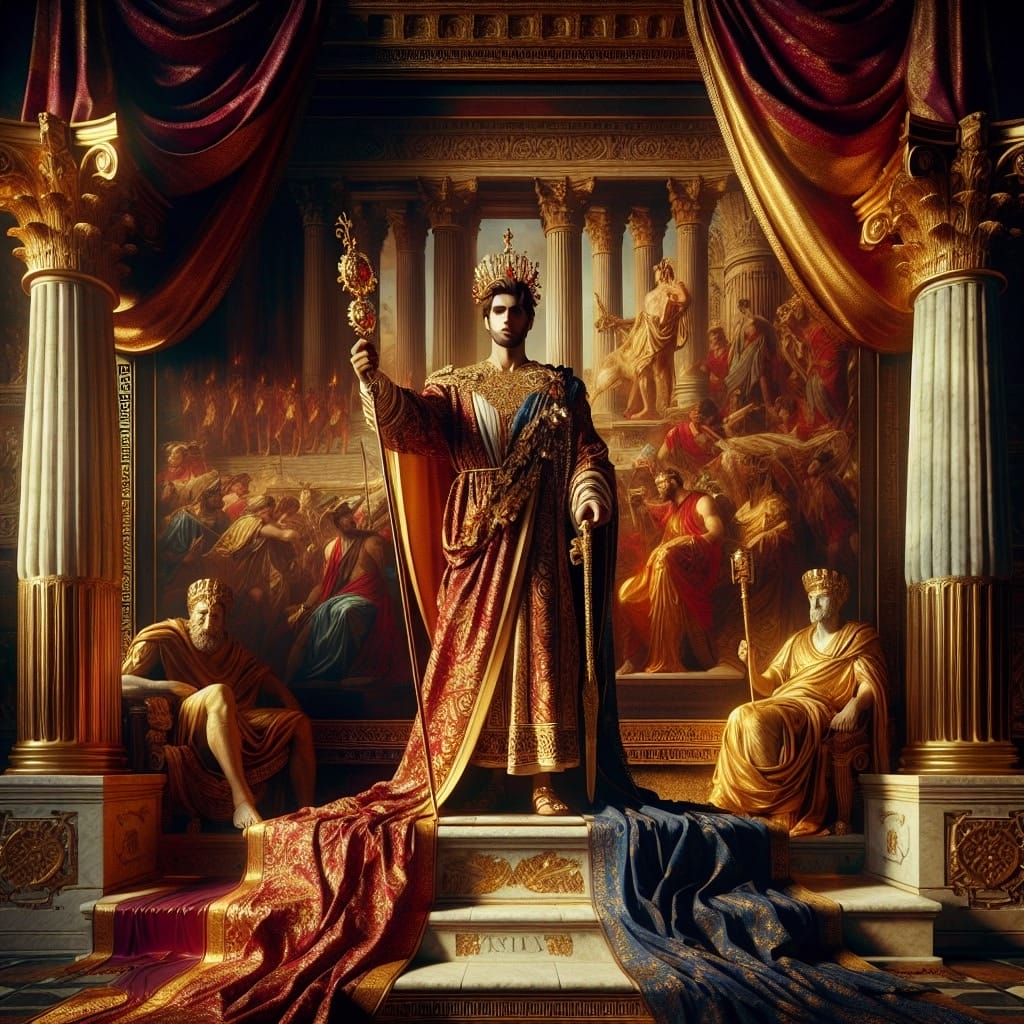
Renaissance Europe
In Renaissance Europe, the revival of classical motifs in art and architecture signaled a direct homage to Roman ideals. Monarchs adopted the grandeur of Roman styles for their royal palaces, seeking to project strength and cultural sophistication. The use of monumental architecture and decorative arts underscored their claims to power and divine right.
Louis XIV of France
Among the most notable adopters of Roman-inspired propaganda was Louis XIV of France. Renowned for his mastery of image control, he employed his court painter, Charles Le Brun, to immortalize his reign in grand paintings and tapestries. These artworks, disseminated through skilled engravings, depicted Louis XIV as a figure of unrivaled grandeur, akin to Roman emperors.
- Adoption of classical motifs in Renaissance art and architecture.
- Commissioning of artworks reflecting Roman ideals of beauty and governance.
- Use of monumental works to celebrate monarchical magnificence.
These strategies highlight the lasting influence of Roman artistic practices, setting a precedent for rulers in their quest to solidify power through art.
Broader Implications of Art as Propaganda
The use of art as a propaganda tool has left a lasting impact across history, shaping the ways rulers communicate power and authority. From ancient Roman emperors to modern leaders, art has served as a medium to influence public perception and legitimize rule. This tradition underscores art’s capacity to transform lives and build understanding across cultures, as highlighted by art historians.
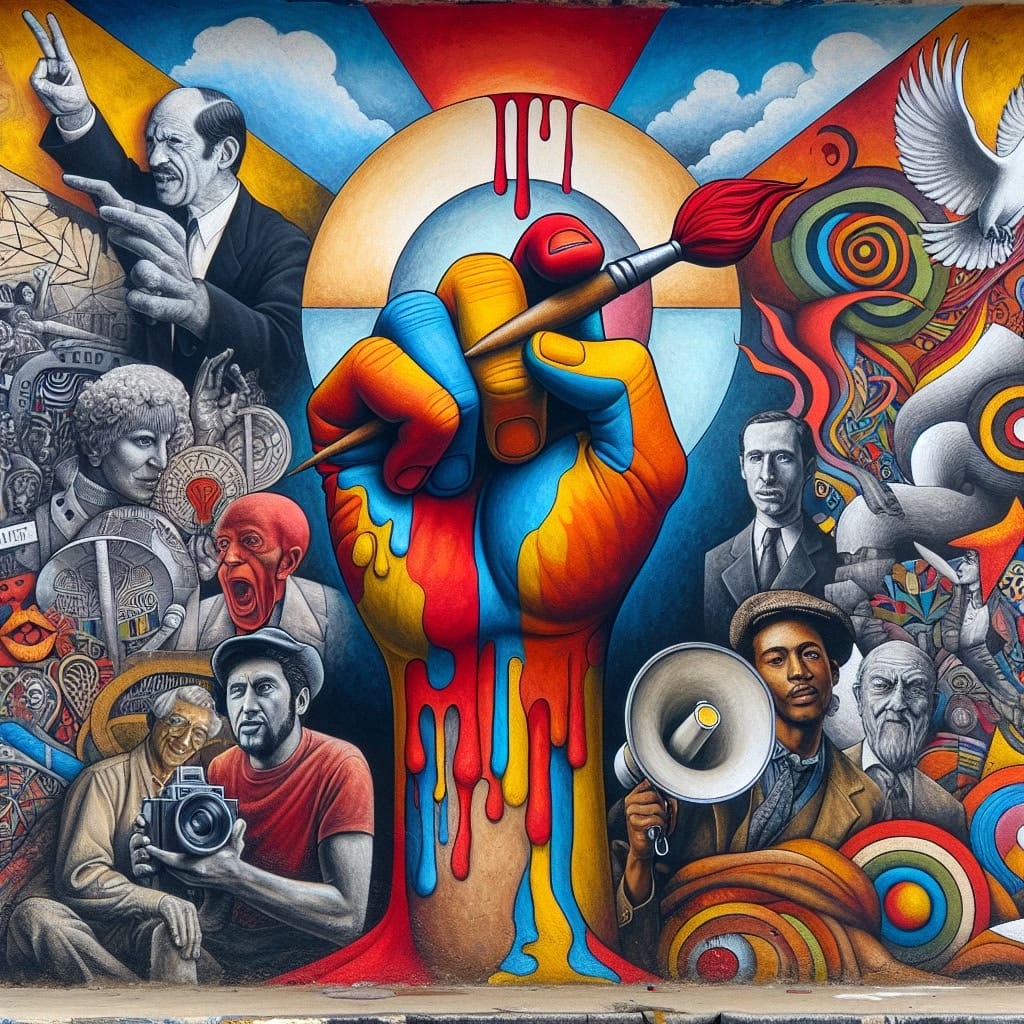
However, the ethical implications of using art as propaganda are complex. On one hand, art as propaganda can foster national pride and unity. On the other, it risks manipulating public perception and suppressing dissenting voices. The question arises: “Should art serve truth, or power?”
In modern contexts, the ethical considerations become even more pronounced with the advent of digital media. The ease of disseminating images through platforms like social media amplifies the potential for art to be used for propaganda. This calls for a critical examination of how art is utilized by those in power and the responsibilities of artists and creators.
Ultimately, the enduring legacy of art as propaganda prompts ongoing discourse about its role in society, urging a balance between artistic expression and ethical responsibility.
Techniques in Roman Propaganda Art
Roman art was meticulously crafted to convey messages of power and authority, utilizing a variety of sophisticated techniques. These methods were integral to reinforcing the emperor’s image and the empire’s grandeur.
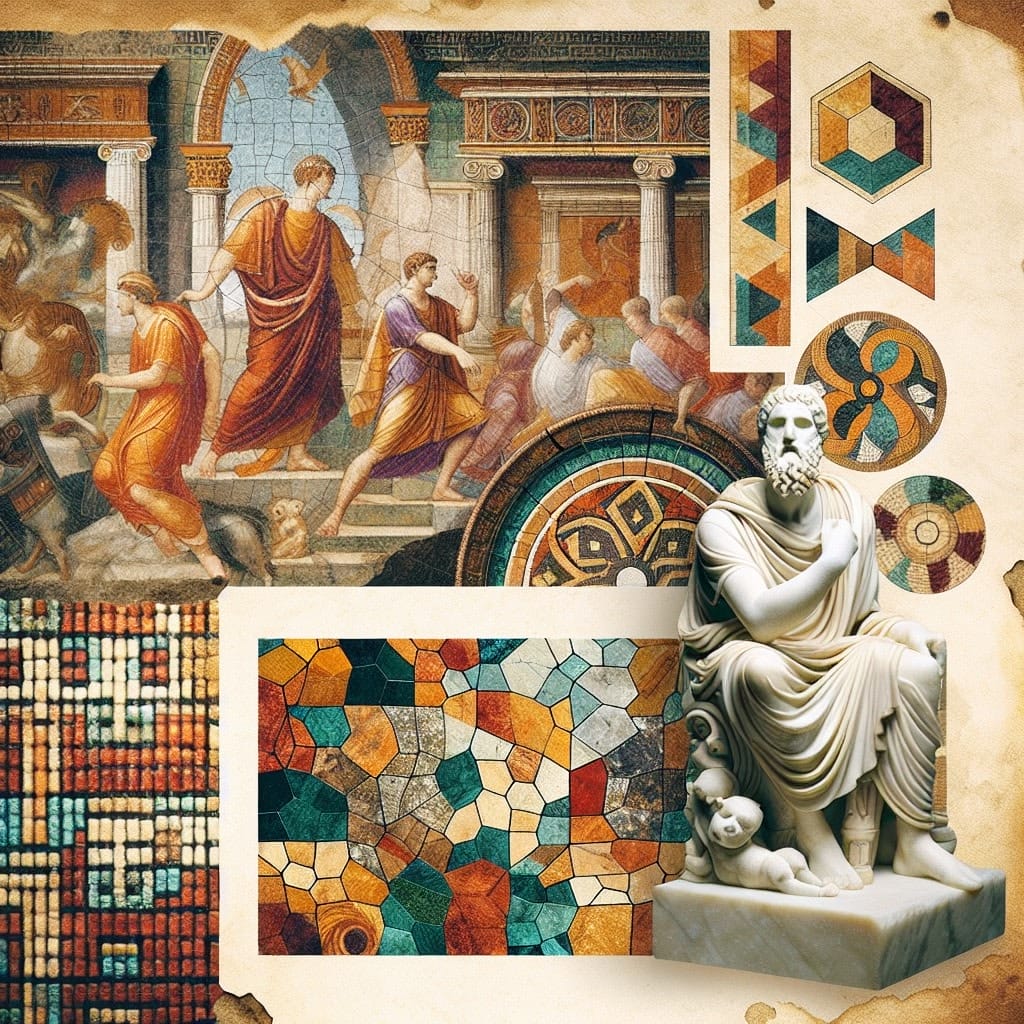
- Literature and Inscriptions: Through vivid descriptions, figures like Julius Caesar justified conquests by depicting enemies as barbaric, thus legitimizing Roman expansion.
- Architecture and Public Ceremonial: Structures like temples symbolized Roman civilization, marking the contrast between order and chaos, as seen in the grandeur of the Pantheon.
- Statues and Imagery: Emperors, often in military attire, were depicted in public spaces to project strength and paternal leadership. The Augustus of Prima Porta is a prime example.
- Coins: Featuring the emperor’s image, coins circulated propaganda, suggesting the emperor’s role in ensuring peace and prosperity.
- Cultural Blending: Under Hadrian, Roman art incorporated Greek elements, promoting a Graeco-Roman identity and loyalty to the empire.
These techniques, characterized by their use of symbolism, scale, and materials, were pivotal in maintaining the Roman Empire’s authority and illustrating its cultural dominance.
Public Reception of Imperial Art
The Roman populace, accustomed to the pervasive presence of imperial art, often regarded these works as a testament to their empire’s might and the emperor’s benevolent authority. Statues, coins, and monumental architecture were not merely decorative; they were powerful symbols of legitimacy and divine favor. As the historian Suetonius noted, “Augustus, conscious of his godlike image, filled the city with his likeness, so that none could forget who ruled.” This statement encapsulates the pervasive influence of visual propaganda.
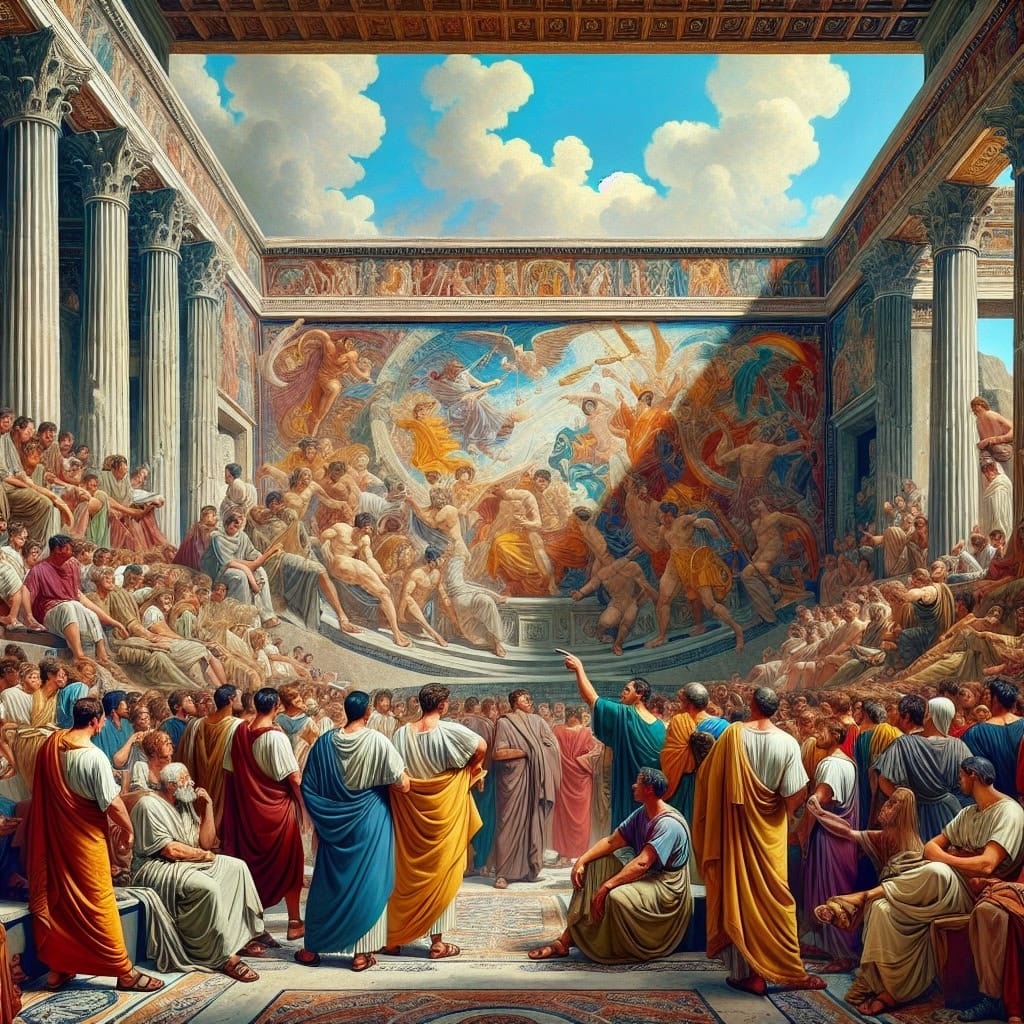
Public ceremonies and spectacles further reinforced these messages, with citizens actively engaging in events designed to dramatize the emperor’s power. Such spectacles not only entertained but also ingrained a sense of loyalty and hierarchy among spectators. Historical interpretations suggest that the strategic placement of art in public spaces was intended to evoke admiration and reverence.
However, reactions were not monolithic. While many citizens embraced these artistic manifestations of imperial propaganda, some intellectuals and critics may have viewed them as manipulative tools serving political ends. Thus, the reception of imperial art was complex, reflecting a spectrum of admiration, acceptance, and critical engagement.
Conclusion
Throughout Roman history, art served as a powerful tool of propaganda, skillfully used by emperors to shape public perception and reinforce their authority. By employing techniques such as strategic use of statues, symbolism, and cultural blending, they conveyed messages of power and unity across the empire.
These artistic endeavors were not merely decorative; they were instrumental in maintaining the Roman Empire’s cultural identity and legitimizing imperial rule. The enduring impact of these propagandistic strategies underscores the profound role art can play in shaping societal narratives and influencing public opinion, a legacy that resonates even in modern contexts.
FAQ Section
What role did Roman art play in imperial propaganda?
Roman art was a strategic tool for communicating messages of power and unity. Emperors used statues, architecture, and other forms of art to reinforce their authority and promote their divine status.
How did Roman art differ from Greek art?
While heavily influenced by Greek art, Roman art incorporated cultural blending and syncretism, adapting Greek motifs to reflect Roman values and political agendas. This blend created a unique Graeco-Roman identity that supported the empire’s expansive nature.
Why are statues and coins significant in Roman propaganda?
Statues and coins were pervasive tools that reinforced the emperor’s image. Statues were placed in public spaces, depicting emperors as military leaders or benevolent figures, while coins circulated widely, spreading the message of imperial presence and prosperity.
Did Roman propaganda include religious elements?
Yes, especially after the adoption of Christianity. Emperors were portrayed as divine agents, which helped establish a new ideological framework, intertwining religious and political authority.

